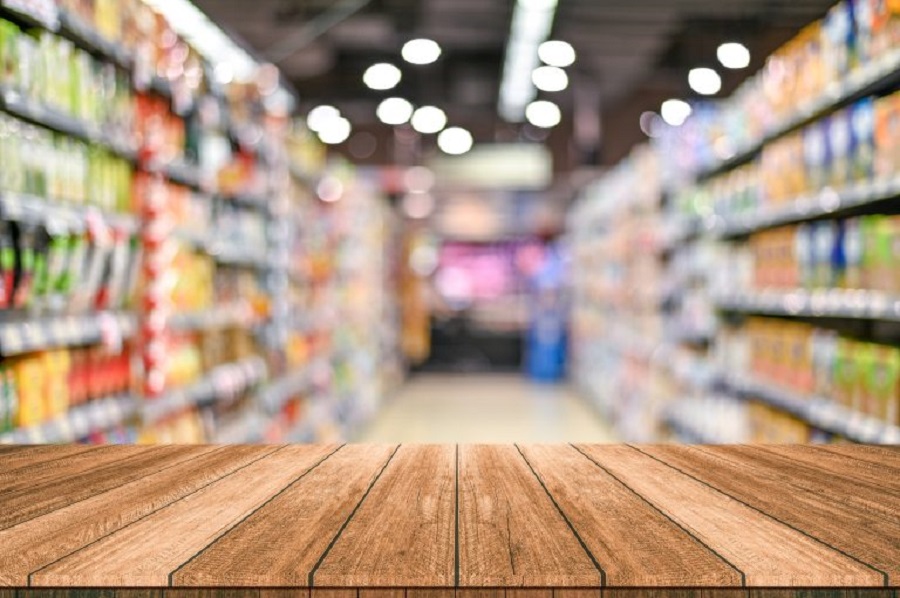
One in two consumers will reduce their spending on purchasing products in the next six months, according to the results of the retail consumption climate conducted by the Business and Retail Association of Greece (SELPE) with scientific support from the ELTRUN Laboratory in Athens. University of Economics. The survey was conducted between December 3-6, 2023 on a sample of 950 consumers.
In more detail, the Retail Consumer Confidence Index in December 2023 was -52, much lower than in the base month, October 2019. It also decreased compared to the June 2023 measurement by 3 points but rose compared to the corresponding measurement in November 2022. A difference of 9 points .
According to SELPE, this development relates to the current expectations of consumers in the near future, as well as to the current situation of consumers.
The current situation sub-index showed a change from -46 to -49, while the expectations sub-index showed a larger correction from -54 to -57, but remained low. In practice, what is recorded is lower expectations, but also heavy financial burdens on consumers, with a better path to improving consumer expectations (which remain negative).
As indicated in the survey’s individual questions, despite the significant improvement in percentages, consumers view this as still an unsatisfactory period for making large home purchases, either for themselves or in general. Accordingly, spending expectations have decreased, but most of it relates to non-retail spending. In particular, 49% estimate that in the first half of 2024 spending on utility bills will increase.
43% also estimate that spending on purchasing products in the first half of 2024 will decrease, while only 20% expect it to increase. The picture is slightly better for services (ticketing, catering), where it is estimated to have decreased from 28% for consumers, up from 18%.
Incremental is a tax-related measure that 60% estimate will remain unchanged, 12% estimate will show a decrease and 28% estimate it will increase. The data shows that consumers expect a decrease in spending to meet their basic needs and a slight increase in spending on entertainment and are concerned about other fixed expenses.
According to consumers, spending on bills, along with purchasing products, is their largest expense as a percentage of their income.
Specifically, shopping expenses make up 30% of expenses, while account expenses make up 29%. For the rest of the spending categories, there has been a slightly increasing trend, but spending on bills, rent and taxes now represents two-thirds of total household income. It is worth noting that, by another measure, consumers themselves estimate that their expenditures exceed their disposable income by about 20%. This measure is due to a more general phenomenon in recent years of spending exceeding income, but also to a decline in income declaration.

“Avid problem solver. Extreme social media junkie. Beer buff. Coffee guru. Internet geek. Travel ninja.”





More Stories
“Recycling – Changing the water heater”: the possibility of paying the financing to the institution once or partially
Libya: US General Meets Haftar Amid Tensions Between Governments
New tax exemption package and incentives for business and corporate mergers..